The Congo Basin: Africa's Last Great Wilderness
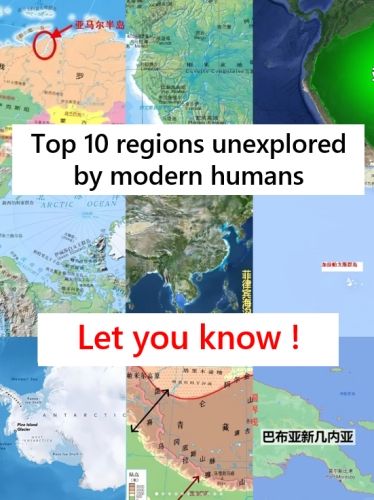
The Congo Basin stands as one of the most impenetrable and least explored regions on Earth, spanning approximately 1.5 million square miles across Central Africa. This vast rainforest, second only to the Amazon in size, remains shrouded in mystery due to its dense vegetation, rampant diseases (such as malaria and Ebola), and political instability in surrounding areas. Modern humans have barely scratched the surface of its biodiversity, with scientists estimating that thousands of plant and animal species await discovery. The basin's remote rivers and swamps, like the Congo River itself, create natural barriers that have deterred extensive exploration for centuries.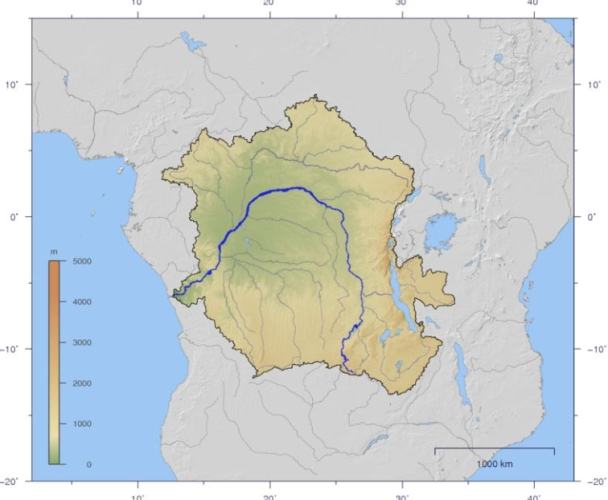
Why It Remains Unexplored
Inaccessibility is a primary factor; the region lacks infrastructure like roads and is often only reachable by boat or foot through treacherous terrain. Additionally, conflicts and illegal activities (such as poaching and mining) pose significant risks to researchers. The humid climate and prevalence of infectious diseases further complicate long-term expeditions, making it a frontier that demands immense resources and preparation.
The Permafrost of the Yamal Peninsula: Siberia's Frozen Frontier
Located in northwestern Siberia, the Yamal Peninsula is characterized by its extensive permafrost—ground that remains frozen for at least two consecutive years. This region covers over 270,000 square miles and is one of the least inhabited areas globally, with indigenous Nenets people being among the few who traverse its icy landscapes. Modern exploration is hindered by extreme cold, with temperatures plunging below -50°C (-58°F), and the logistical nightmare of operating in such a remote environment. The permafrost itself acts as a natural vault, preserving ancient organisms and climatic data.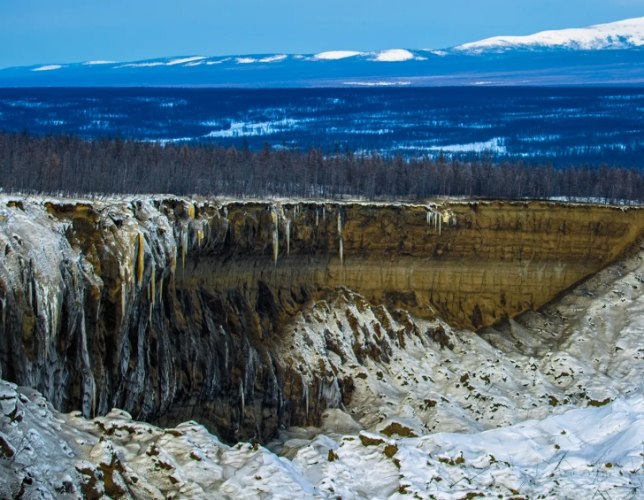
Why It Remains Unexplored
The harsh Arctic conditions, including blizzards and limited daylight in winter, make sustained human presence nearly impossible. Additionally, the terrain is riddled with unstable ice and methane gas pockets, which can lead to sudden collapses or explosions. Climate change is rapidly thawing the permafrost, creating new hazards like sinkholes and landslides that deter systematic study.
Deep in the Amazon Rainforest: South America's Enigmatic Heart
The Amazon rainforest, covering over 2.1 million square miles across nine countries, is often called the "lungs of the Earth," yet vast portions of its interior remain uncharted. The dense canopy and remote tributaries, such as those in the Javari Valley, create a labyrinth that has resisted full-scale human intrusion. Indigenous tribes, some of which remain uncontacted, add a layer of cultural mystery and ethical considerations for explorers.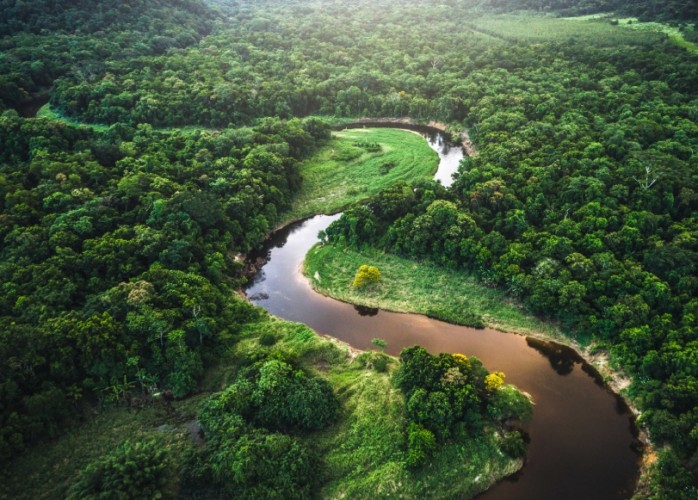
Why It Remains Unexplored
Sheer size and complexity are major barriers; the Amazon is home to an estimated 390 billion trees and countless uncharted waterways. Diseases like yellow fever and dengue, along with dangerous wildlife (such as jaguars and anacondas), make it a perilous environment. Deforestation and illegal logging further complicate access, as they destroy paths and create volatile zones.
Beneath the Greenland Ice Cap: The World's Frozen Archive
The Greenland ice cap, the second-largest body of ice after Antarctica, covers roughly 656,000 square miles and conceals a subglacial world that is virtually unknown. With ice thickness exceeding 2 miles in some areas, accessing the bedrock below requires sophisticated drilling technology and poses immense logistical hurdles. This region has been largely untouched by modern humans due to its extreme isolation and the financial burden of mounting expeditions.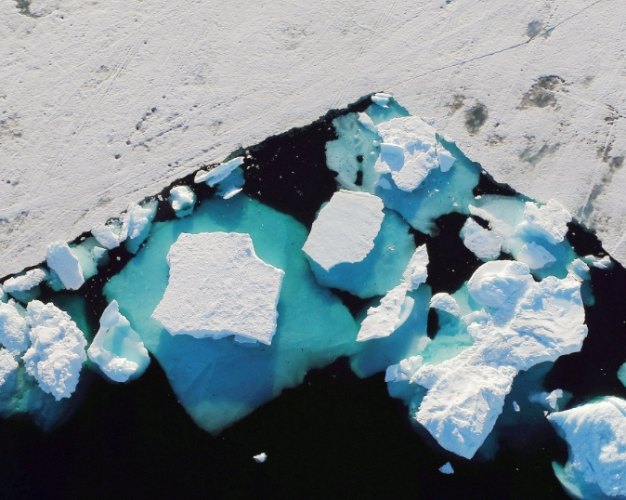
Why It Remains Unexplored
The polar environment, with temperatures averaging -30°C (-22°F) and frequent storms, limits human activity to short summer windows. The ice itself is dynamic, with crevasses and meltwater streams that create hazardous conditions for travel and research.
The Mariana Trench: The Ocean's Ultimate Abyss
The Mariana Trench in the western Pacific Ocean is the deepest part of the world's oceans, reaching depths of over 36,000 feet at the Challenger Deep. Despite a handful of manned descents, the vast majority of this trench remains unexplored due to the crushing pressures, which exceed 1,000 times atmospheric pressure at sea level. This extreme environment has prevented comprehensive mapping or biological sampling, leaving it as one of the last great frontiers on Earth.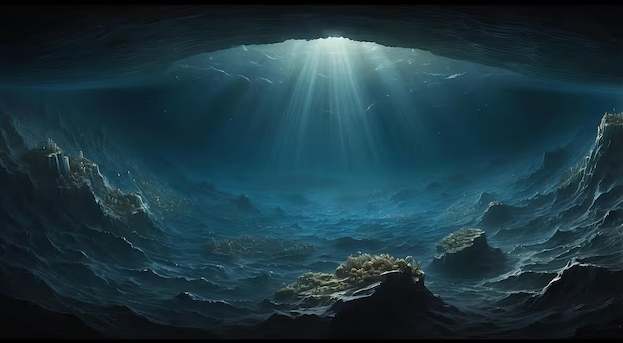
Why It Remains Unexplored
The technological limitations are staggering; submersibles must be built to withstand immense forces, and even then, missions are brief and costly. The darkness and cold (near-freezing temperatures) further limit the types of life that can be studied without specialized equipment.
Unclimbed Areas of the Himalayas: The Roof of the World's Secrets
The Himalayas, stretching across 1,500 miles through Asia, include numerous peaks and valleys that have never been summited or thoroughly explored. Areas like the Makalu Barun Valley or the eastern ridges of K2 remain enigmas due to their altitude, which exceeds 26,000 feet, and unpredictable weather patterns. These regions are among the least accessible due to avalanches, icefalls, and the physiological effects of high altitude on humans.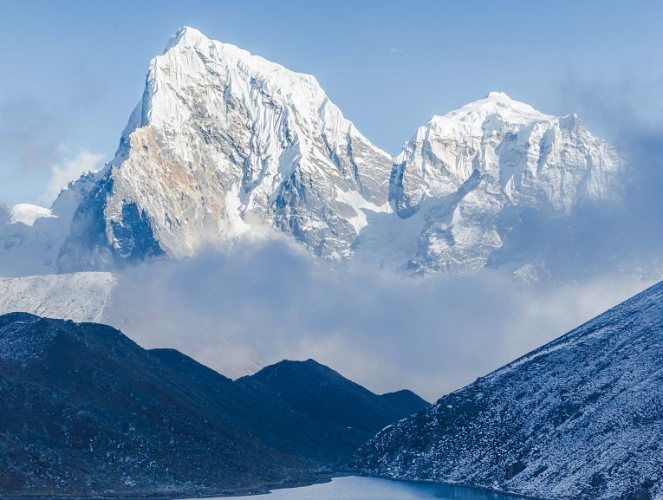
Why It Remains Unexplored
Extreme elevation and oxygen deprivation make prolonged stays dangerous, requiring acclimatization and advanced gear. Cultural and political restrictions, such as permits for climbing in Nepal or China, also limit access. Additionally, the spiritual significance of certain peaks to local communities adds ethical dimensions to exploration.
Caves Under Antarctic Glaciers: The Icy Labyrinths of the South Pole
Antarctica, the coldest and most isolated continent, hides extensive cave systems beneath its glaciers, such as those under the Ross Ice Shelf. These subglacial caves are formed by geothermal heat and meltwater, creating environments that are largely inaccessible to modern humans. The extreme cold, with temperatures dropping below -80°C (-112°F) in winter, combined with the logistical nightmare of transporting supplies across ice, has left these areas largely untouched.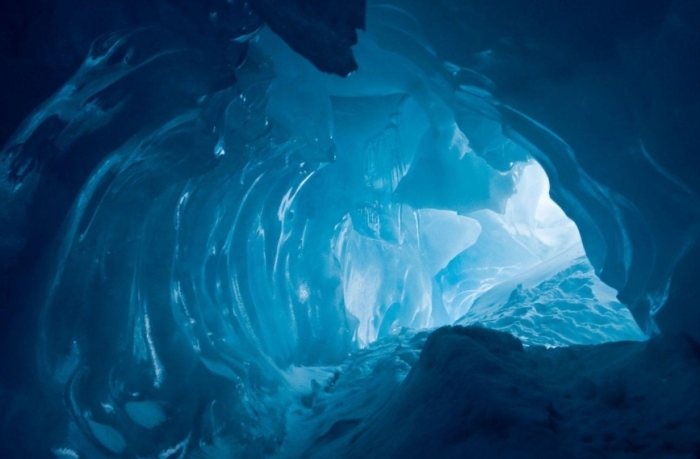
Why It Remains Unexplored
The logistical challenges are immense; reaching these caves requires traversing thousands of miles of ice, often in total darkness during the polar night. The ice itself is unstable, with risks of collapse and isolation from the outside world.
Deep in the Galapagos Ocean: The Pacific's Underwater Mysteries
The Galapagos Islands, famed for their unique wildlife, are surrounded by deep ocean waters that remain largely uncharted. The Galapagos Marine Reserve covers over 50,000 square miles, but much of its abyssal plains and seamounts have never been visited by humans. The depths here, reaching down to 10,000 feet or more, are shrouded in darkness and subject to strong currents, making exploration with submersibles or drones exceptionally difficult.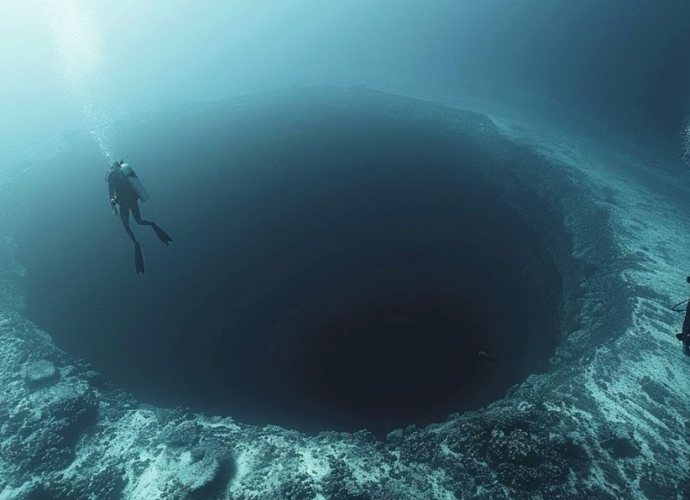
Why It Remains Unexplored
The ocean's depth and the presence of hydrothermal vents create hazardous conditions, including toxic chemicals and extreme temperatures. The remote location, about 600 miles off the coast of Ecuador, adds to the challenges of mounting expeditions.
The Highlands of Papua New Guinea: The Island's Remote Sanctuaries
Papua New Guinea's highlands, part of the New Guinea island, are characterized by rugged mountains, deep valleys, and dense rainforests that have deterred widespread exploration. With elevations surpassing 14,000 feet, areas like the Star Mountains and the Hindenburg Wall remain virtually unknown to the outside world. The region's isolation is compounded by its complex terrain, which includes sheer cliffs and fast-flowing rivers, making it accessible only by foot or helicopter in most cases.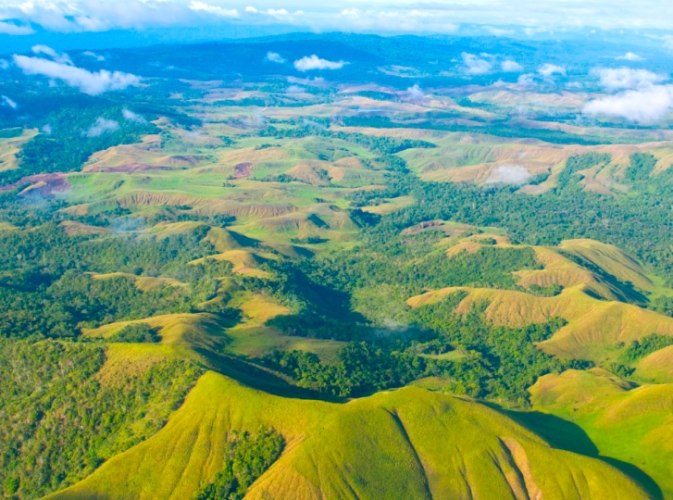
Why It Remains Unexplored
Cultural factors play a role; many indigenous tribes live in these highlands, some with minimal contact with modern society, which raises ethical questions about intrusion.
The Big Sur Deep Sea Canyon: California's Submarine Frontier
Located off the coast of Central California, the Big Sur Deep Sea Canyon is part of the Monterey Canyon system, one of the largest submarine canyons in the world. Despite its proximity to populated areas, the canyon's depths, which exceed 10,000 feet, are largely unexplored due to the technical demands of deep-sea exploration. The canyon's steep walls and sediment flows create a dynamic environment that is difficult to study with current technology.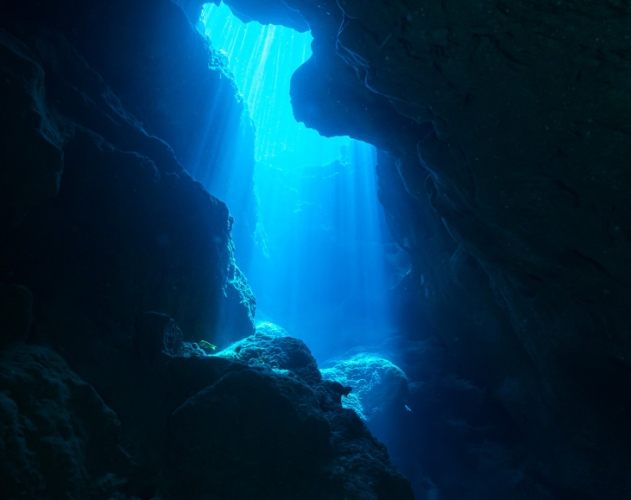
Why It Remains Unexplored
The ocean currents and low visibility in the deep waters pose significant risks to submersibles and ROVs. Additionally, the area is part of a marine sanctuary, which restricts certain activities to protect the ecosystem.
Leave a Comment